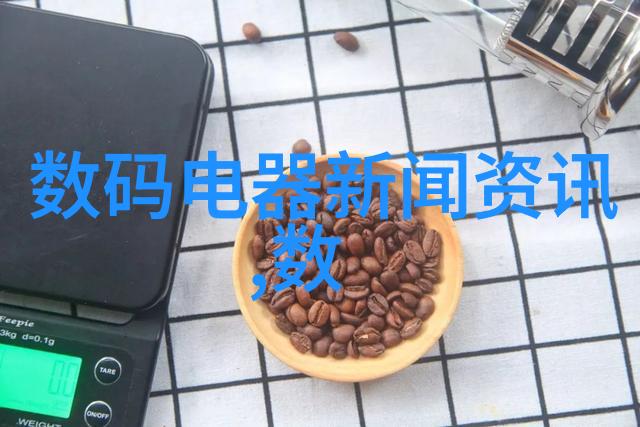
工业污水处理设备价格高效环保解决方案
工业污水处理设备价格多少?

在工业生产过程中,污水的产生是不可避免的。这些废水含有各种化学物质、重金属和其他有害物质,对环境造成严重影响。如果不加以处理,这些污染物会渗入土壤和地下水层,甚至通过河流和湖泊进入大气环流,导致生态系统破坏。因此,有效的工业污水处理成为了保护环境的一项关键任务。
工业污水处理设备种类繁多,它们又如何分类?

工业污水通常来源于不同的生产过程,如化工厂、石油加工、矿山开采等。在进行处理之前,我们首先需要对这些废水进行分类。这一过程涉及到对废水性质的详细分析,以确定其适合哪种类型的处理技术。例如,一些废水可能含有较高浓度的悬浮固体,而另一些则富含溶解盐分或微生物。
根据其物理化学特性和应用场景,可将工业污waters into several categories: organic pollutants, inorganic pollutants, suspended solids and heavy metals. Based on the types of contaminants present, appropriate treatment technologies can be selected to remove or reduce these pollutants.

如何选择合适的工业污水处理设备?
选择合适的工业 wastewater treatment equipment is a critical step in ensuring effective pollution control. Factors such as flow rate, pollutant concentration, available space and budget must all be taken into account when selecting a treatment system. For instance, biological systems are often used for organic pollutant removal while chemical coagulation may be required for removing suspended solids.

In addition to the technical requirements of the process stream itself, regulatory compliance is also an important consideration. Local authorities may have specific standards and guidelines that must be met in order to obtain permits for operation or avoid fines and penalties.
高效率、高效能:现代工业污染控制技术

Modern industrial wastewater treatment technologies offer high efficiency rates compared to traditional methods. These advanced systems use innovative processes like membrane bioreactors (MBRs), activated carbon filtration and ultraviolet (UV) disinfection which can effectively eliminate up to 99% of pollutants from waste water streams.
These new techniques not only provide better results but also require less energy consumption than older methods making them more cost-effective over time. Furthermore they produce fewer byproducts that need disposal which further reduces environmental impact.
最终成本与投资回报分析
The final cost of an industrial wastewater treatment system includes both capital expenditures (capex) - such as purchasing equipment - as well as operational expenses (opex) - including maintenance costs over time. When considering investments in this area it's crucial to perform thorough cost-benefit analyses taking into account long-term savings due to reduced environmental impacts coupled with potential government incentives for green initiatives.
By comparing initial outlays with projected returns through increased efficiency improvements reduction of liabilities associated with noncompliance one can determine whether investing now makes sense versus waiting until later down the road when regulations become even stricter or technology becomes more efficient at lower prices leading towards higher profit margins per unit produced without sacrificing quality performance levels expected from consumers demanding better overall health safety protection measures worldwide today!



